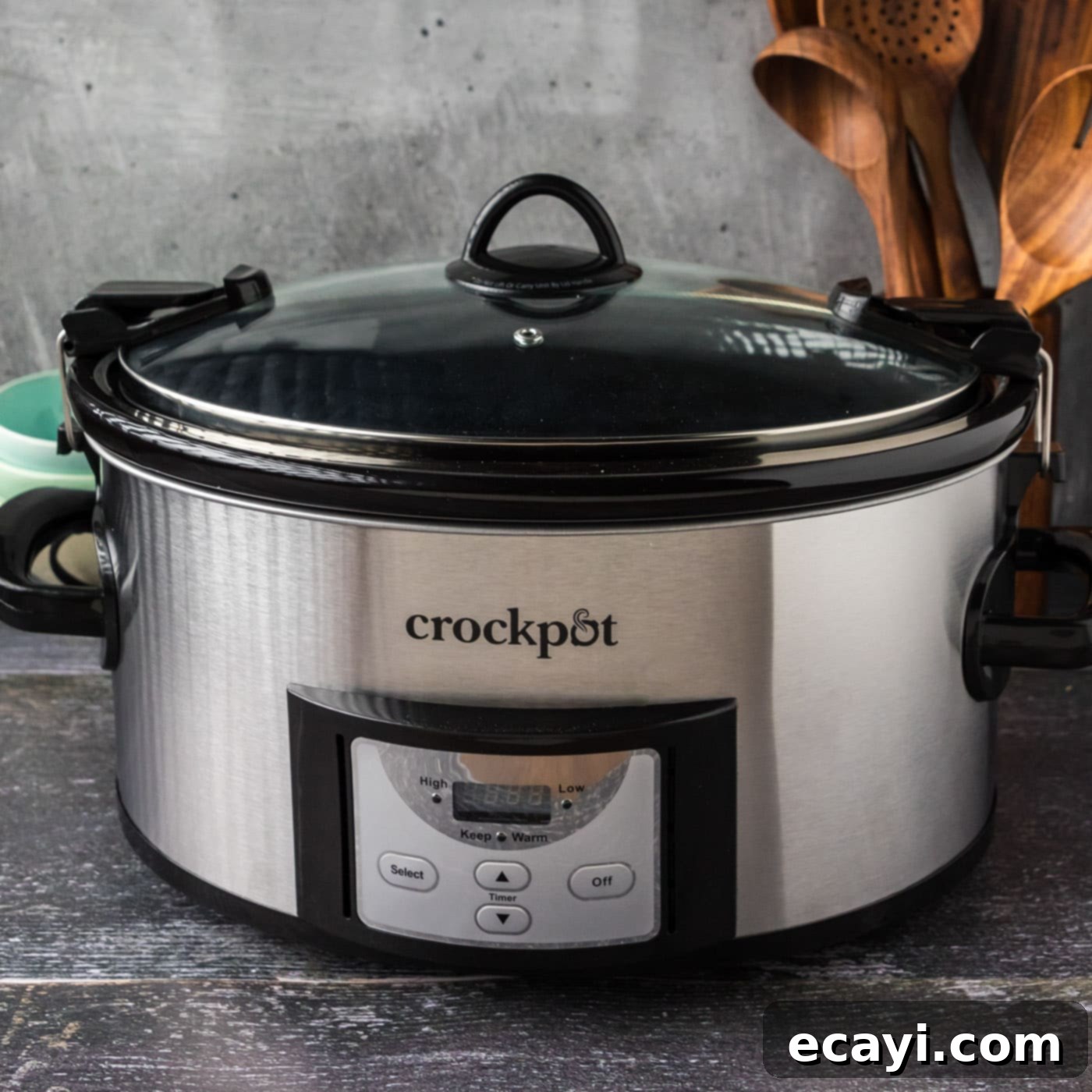Mastering Your Slow Cooker: The Ultimate Guide to Effortless, Delicious, and Time-Saving Meals
A slow cooker is more than just a kitchen appliance; it’s a culinary game-changer, transforming the way busy individuals and families approach home cooking. With its ability to handle “dump-and-go” meals with minimal fuss, it delivers hearty, flavorful dishes that taste like they’ve been simmering for hours. If you’re looking to unlock the full potential of this incredible tool, join us as we dive into essential tips, tricks, and best practices to ensure every meal is a resounding success.
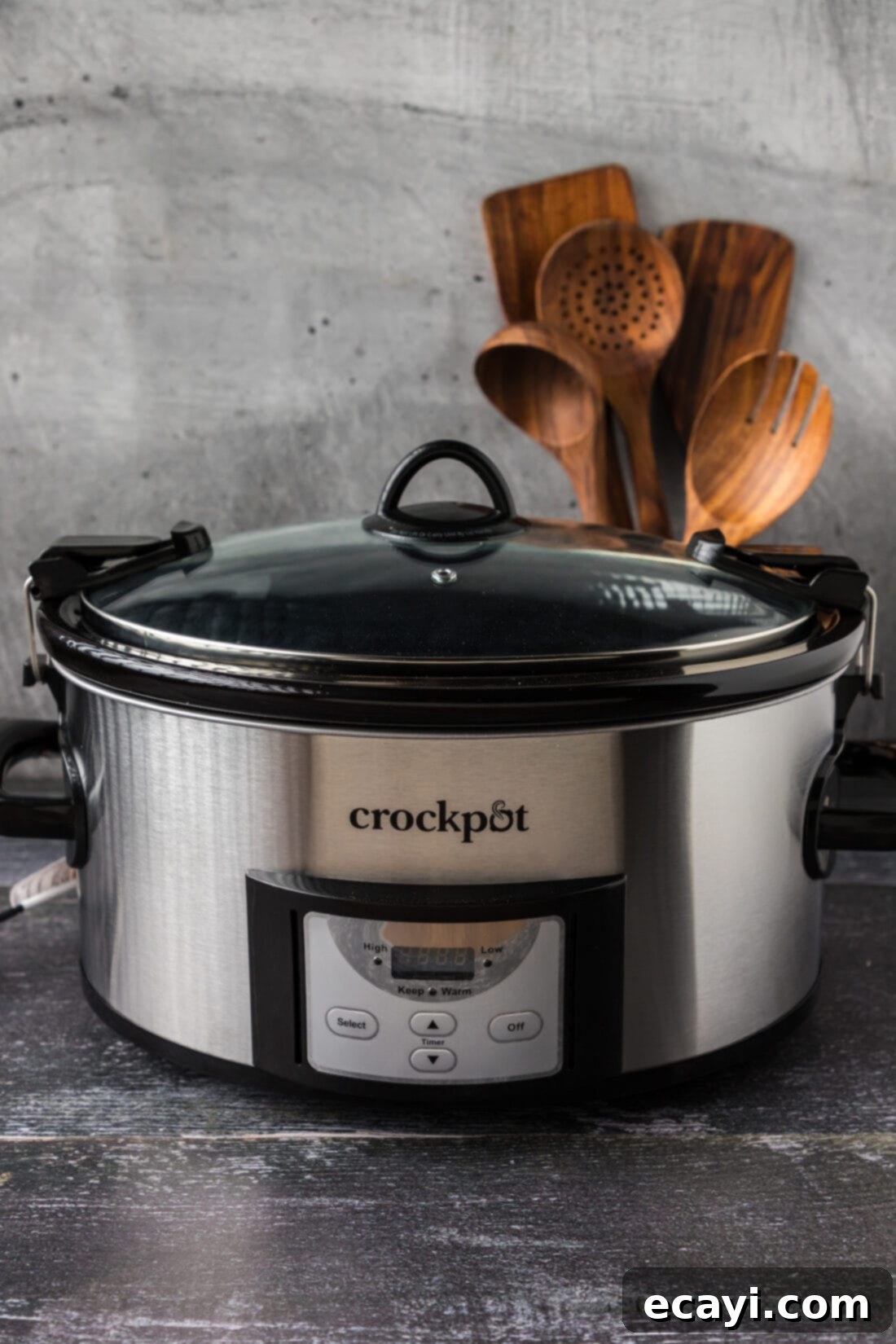
How to Save Precious Time in the Kitchen with a Slow Cooker
The slow cooker truly shines as an exceptional time-saver, particularly for those who cherish a wholesome, home-cooked meal at the close of a bustling, event-filled day. Imagine returning home to the comforting scent of a delicious dinner, already prepared and waiting for you. All it takes is a little forward planning – perhaps some quick chopping and assembly in the morning, or even the night before – and your slow cooker takes over, effortlessly transforming raw ingredients into a culinary masterpiece. This hands-off approach frees up your evenings, allowing you to focus on family, hobbies, or simply relaxing. With dinner virtually handled, you might only need to whip up a quick accompaniment, such as warm refrigerator biscuits, a fresh chopped salad, or some homemade dinner rolls, using the extra time you’ve saved!
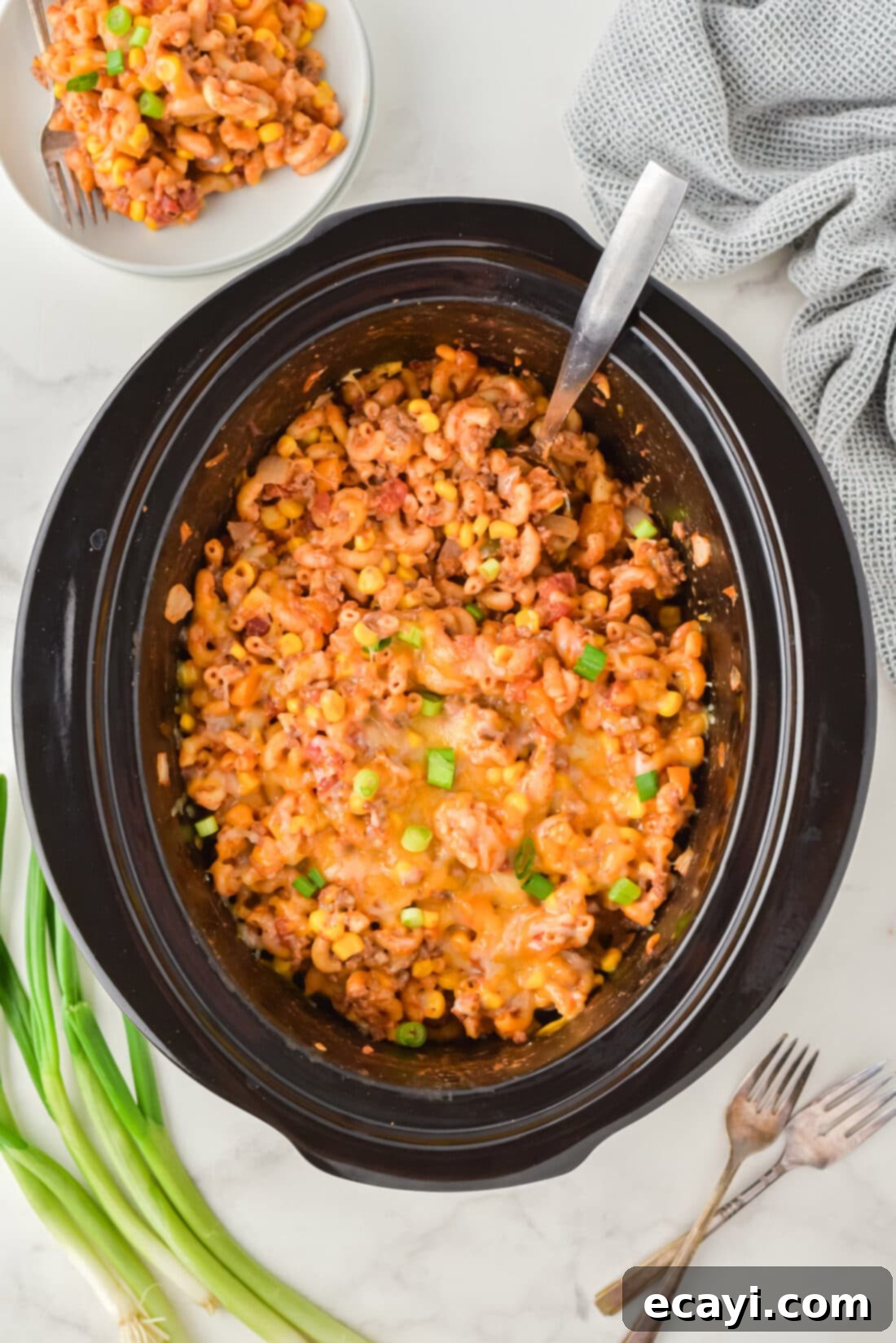
Selecting the Perfect Slow Cooker for Your Home and Lifestyle
When you’re ready to invest in a slow cooker, the first and most crucial factor to consider is the size of your household and your typical cooking needs. For most families, a 5-quart or 6-quart crockpot offers ample capacity, making it versatile enough for a wide array of recipes, from family dinners to small gatherings. These sizes strike a great balance between not being too bulky for everyday use and being large enough to accommodate a significant meal.
Beyond size, look for models featuring a removable ceramic or stoneware crock. This design is a game-changer for convenience, making cleanup significantly easier than with integrated crocks. The removable nature also offers fantastic meal prep flexibility: you can assemble your ingredients in the crock the night before, store it in the refrigerator, and simply transfer it to the heating unit in the morning without any extra effort. This feature is invaluable for maximizing your morning routine.
Modern slow cookers also boast a range of features to enhance your cooking experience. Some offer programmable timers, allowing you to set specific cooking durations and then automatically switch to a “keep warm” setting. Others might include a searing function directly in the crock, reducing the need for multiple pots and pans. While you can certainly find reliable used cookers at thrift stores or garage sales, a new model typically costs around $30-60 at discount department stores or online retailers, offering a fresh start with modern features and warranties. Don’t forget that slow cookers come in various sizes beyond the standard family models; smaller units (1.5-3 quarts) are perfect for dips, hot drinks, or appetizers, while larger ones (7-8 quarts) are ideal for substantial roasts or entertaining a crowd. Consider your lifestyle and how frequently you entertain to pick the best fit.
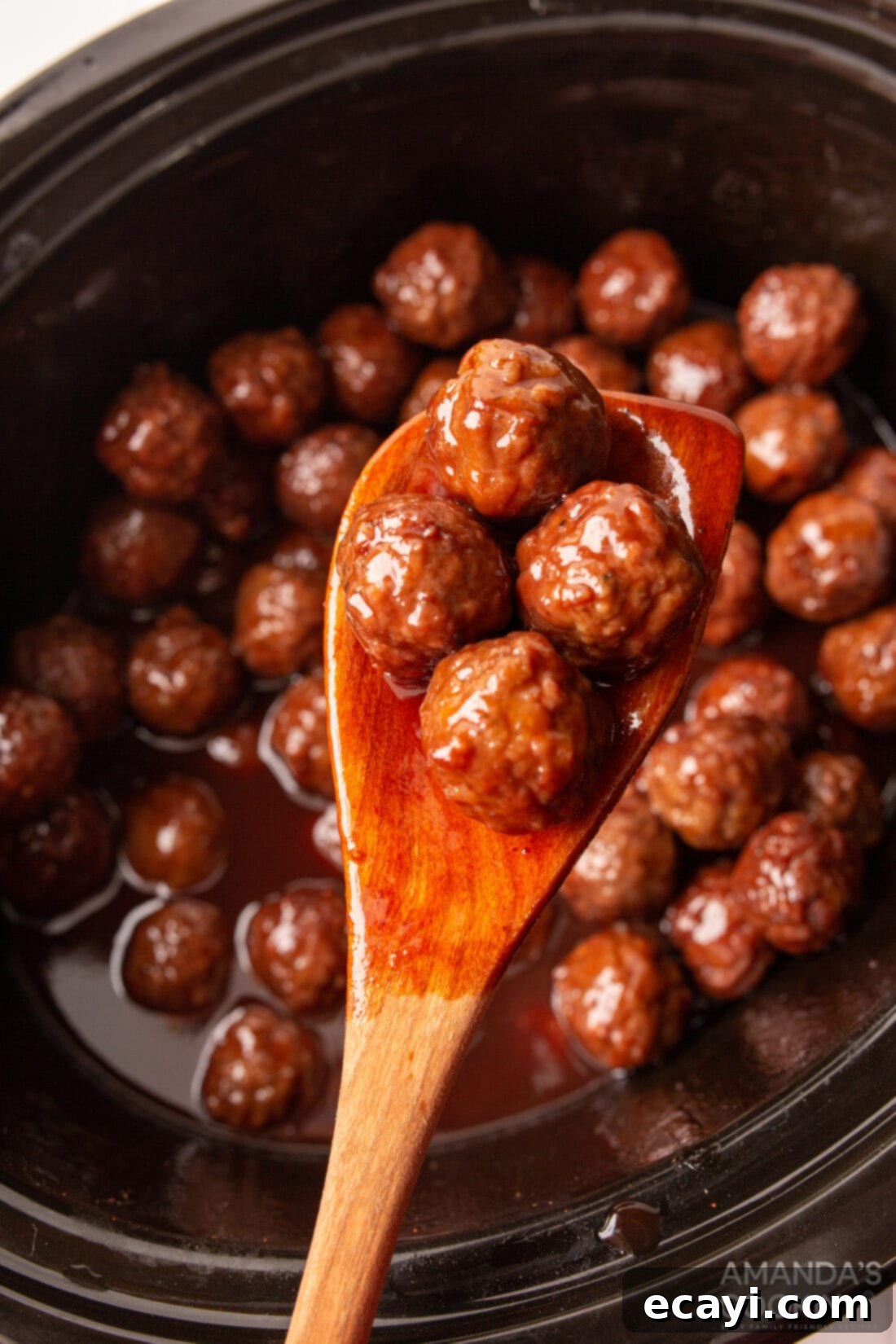
You’ve Got One – Now How Do You Use It Effectively?
Once you have your slow cooker, you’ll discover its incredible versatility. It excels at preparing dishes you might typically make on the stovetop or bake as a casserole, but with significantly less active cooking time. To get the most out of your slow cooker and ensure consistently delicious results, there are several key tips to keep in mind for your favorite recipes:
- Layering Ingredients Matters: Since root vegetables like potatoes and carrots take longer to soften, always place them at the bottom of the crock, directly against the heat source. This ensures they cook through perfectly. Meats should then be layered on top.
- Prepare Your Meat Properly: For best results and healthier cooking, trim any excess fat from meat and remove poultry skins. While optional, browning meat in a skillet beforehand can significantly deepen its flavor profile and add a rich color to your final dish. Cut larger cuts of meat into appropriate sizes to ensure even cooking and to fit comfortably within the crock.
- Mind the Liquid: This is a crucial distinction from stovetop cooking. Slow cookers create a self-basting environment, meaning very little liquid evaporates. Consequently, you should only add liquids in small quantities, typically about half of what a conventional recipe calls for, unless specified. Too much liquid can result in a watery, diluted dish. Often, 1/2 to 1 cup of broth or water is sufficient for many recipes.
- Timing for Delicate Additions: Ingredients like pasta, instant rice, milk, cream, or fresh herbs should be added toward the very end of the cooking process. Pasta and rice can become mushy if cooked for too long, while dairy products can curdle. Add them during the last 30 minutes to an hour of cooking time to achieve the perfect texture and prevent issues.
- Seasoning Strategy: Slow cooking can sometimes mellow out delicate flavors. While you’ll add base seasonings at the beginning, reserve a portion of fresh herbs and lighter spices to stir in during the final 30 minutes. This helps maintain their vibrant flavor and aroma. Taste and adjust seasonings before serving.
- Optimal Fill Level: Your slow cooker should be approximately 2/3 full for ideal cooking. If there’s too little food, it can dry out or even burn due to prolonged exposure to heat. Conversely, overfilling can lead to an overflow as food expands, and it can also result in uneven cooking, with the center remaining undercooked.
- Resist the Urge to Peek! This is perhaps the most important rule. Lifting the lid, even for a moment, allows a significant amount of valuable heat to escape. This dramatically prolongs the cooking time. A good rule of thumb: each time you lift the lid, add another 20-30 minutes to your estimated cooking time. Trust the process and keep that lid sealed!
- High vs. Low Settings: Slow cookers typically offer “High” and “Low” settings. The “Low” setting cooks at a lower temperature for a longer duration, generally taking about twice as long as the “High” setting. For instance, a recipe that cooks in 3-4 hours on “High” would likely require 6-8 hours on “Low.” This flexibility allows you to adapt recipes to your schedule. Most recipes can be converted by simply doubling the “High” time for “Low,” or halving the “Low” time for “High.” For best results in terms of flavor and texture, “Low” is often preferred for tenderness, but “High” is great when you’re short on time.
Slow Cookers are Ideal for Church Potlucks, Social Gatherings, Parties, and Yes, Even for Travel!
Beyond daily meals, your slow cooker is an invaluable companion for entertaining and portability. Let your slow cooker work its magic all day, then simply unplug it, secure the lid (many come with lid clamps for transport), and take it directly to your destination. Once there, plug it back in. Most slow cookers feature a “Warm” or “Keep Warm” setting, which maintains a consistent, safe temperature without continuing to cook the food. This means your famous homemade chili or savory meatballs will stay perfectly hot and ready to serve for hours, making you the hero of any potluck or party!
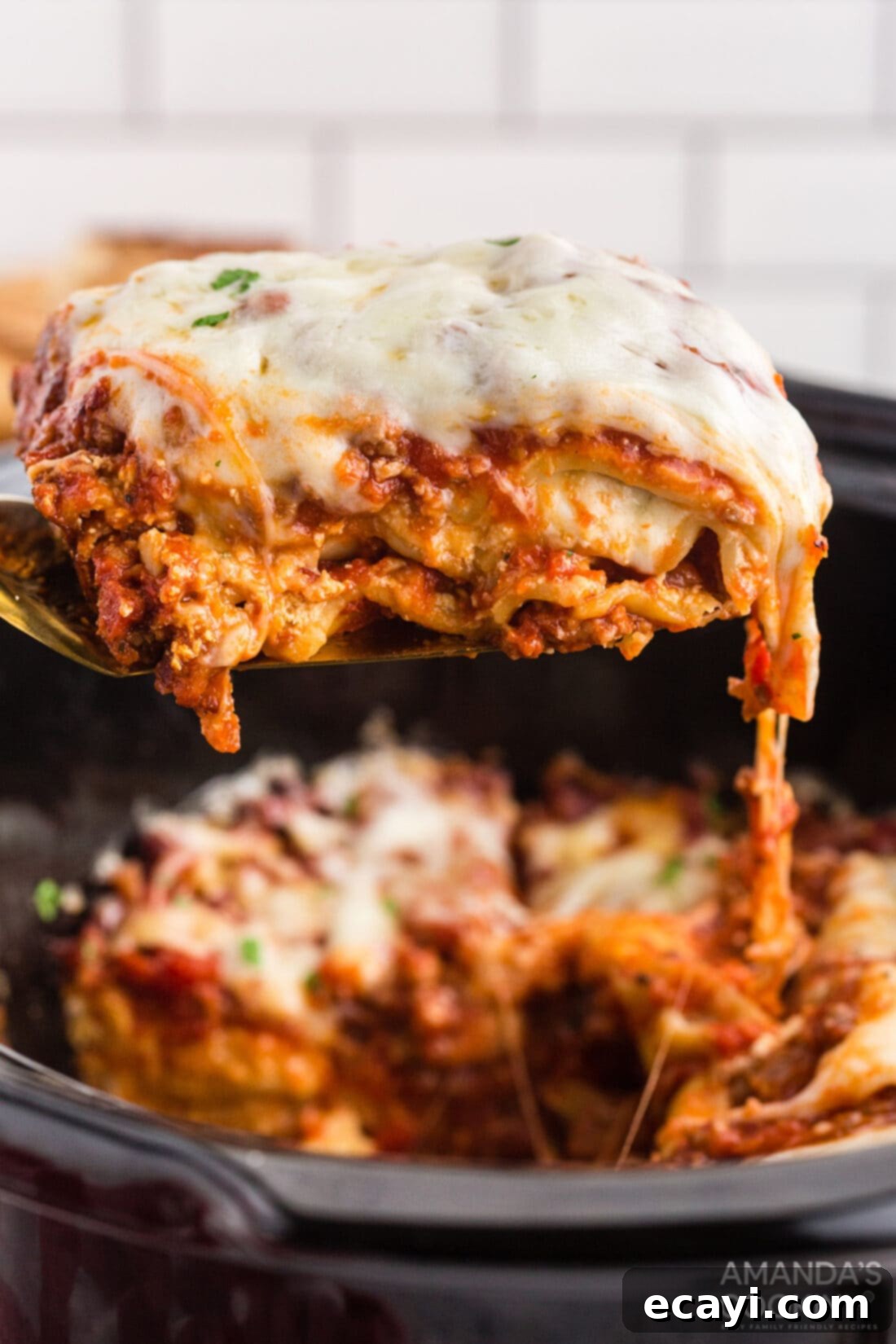
Ensuring Food Safety with Your Slow Cooker
A primary concern when using any cooking appliance is food safety, and slow cookers are specifically engineered to keep food out of the “danger zone” (temperatures between 40°F and 140°F, where bacteria multiply rapidly). They achieve this by cooking food slowly but consistently, ensuring it reaches and maintains a safe internal temperature throughout the cooking process. However, like any appliance, it’s wise to ensure yours is operating correctly. You can perform a simple at-home test to verify your slow cooker reaches a safe cooking temperature:
- Step 1: Fill your slow cooker with 2 quarts (approximately 8 cups) of tepid (lukewarm) water.
- Step 2: Cover the cooker and set it to the “Low” setting. Allow it to heat for 8 hours without disturbing it.
- Step 3: After 8 hours, quickly lift the lid and immediately use an instant-read thermometer to check the temperature of the water. Speed is key here, as the temperature will drop rapidly once the lid is removed.
- Step 4: The water temperature should ideally register at 185 degrees F (85 degrees C) or higher. This indicates your slow cooker is maintaining a safe cooking environment.
If your test results show the water temperature to be significantly higher than 185 degrees F, it suggests your slow cooker runs hot, meaning a meal cooked for 8 hours without stirring might become overdone or dry. More critically, if the water temperature registers below 185 degrees F, this could indicate that your slow cooker does not heat food to an adequate temperature to consistently stay out of the bacterial danger zone. In such a scenario, there could be potential food safety problems, and it would be advisable to have your appliance checked or consider replacing it. Always prioritize food safety when slow cooking.
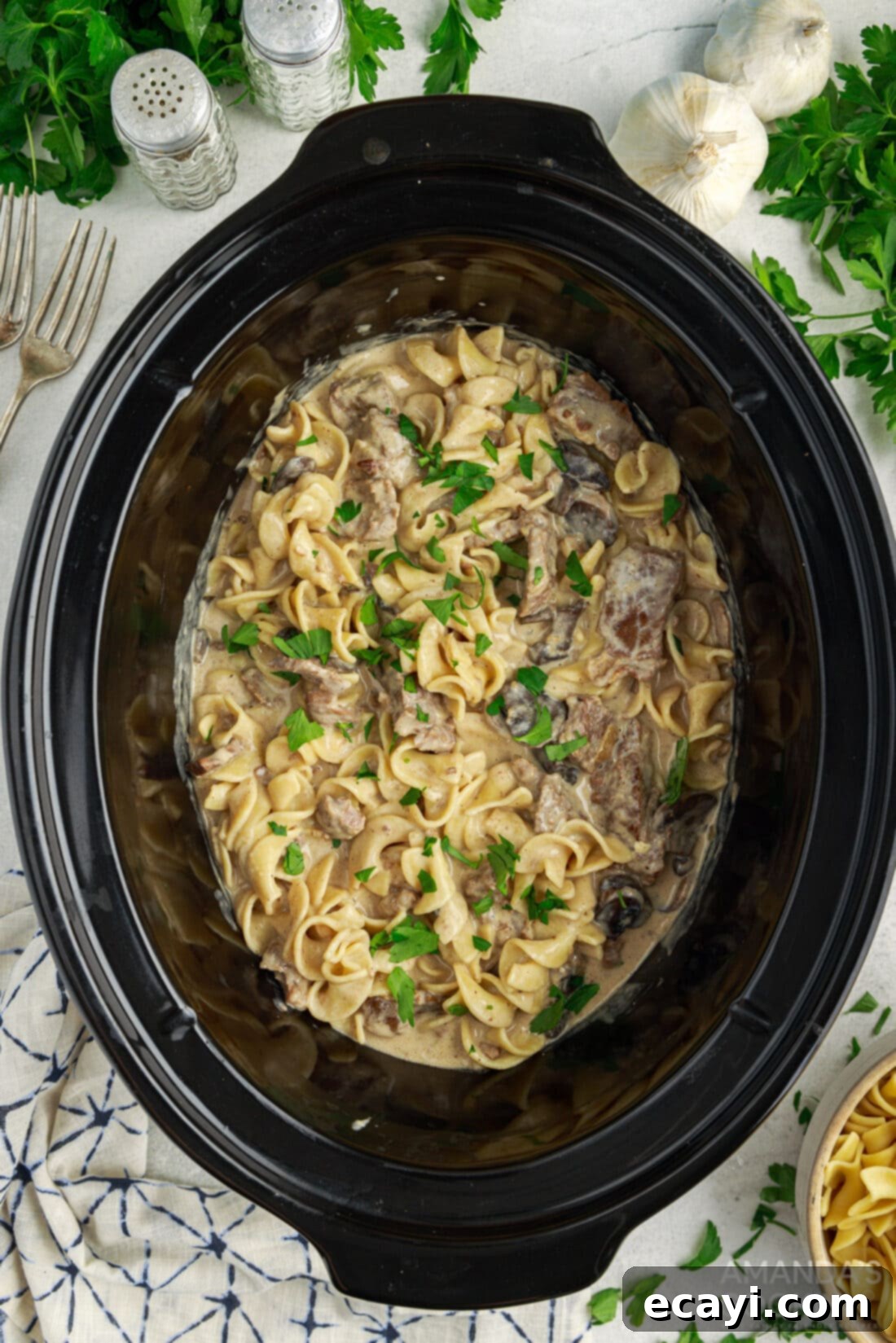
Playing It Smart with Your Slow Cooker: Advanced Tips and Best Practices
To truly master your slow cooker and consistently produce exceptional meals, incorporating a few smart practices can make a significant difference. These tips go beyond the basics, helping you optimize flavor, texture, and safety:
- Always Use Fresh or Thawed Meat: Never place frozen meat directly into your slow cooker. Frozen meat takes too long to reach a safe cooking temperature, spending extended periods in the bacterial “danger zone” (40-140°F / 4-60°C), which can lead to foodborne illness. Always thaw meat completely in the refrigerator before adding it to your slow cooker.
- Prepare Meat for Optimal Cooking: Cut larger pieces of meat into uniform chunks or smaller portions to ensure even cooking throughout the pot. For poultry, always remove the skin, as it will become rubbery and fatty during the slow cooking process and won’t crisp up. Trimming excess fat from any meat cut will also result in a healthier and less greasy final dish.
- The “High First Hour” Method: For certain dishes, especially those with larger cuts of meat or tougher vegetables, starting the cooking process on the “High” setting for the first hour can be beneficial. This rapidly brings the ingredients up to temperature, effectively reducing the time spent in the danger zone, and then allows it to “heat down” gradually on the “Low” setting for the remainder of the cooking time, promoting tenderness.
- The Golden Rule of Liquid: Slow cookers are incredibly efficient at retaining moisture. As a general rule of thumb, you only need a small amount of liquid to prevent drying and facilitate cooking. Typically, 1/2 to 1 cup of liquid is sufficient for most recipes. If a recipe doesn’t explicitly call for liquid (which is rare), add at least ½ cup of water, broth, or a thin sauce to ensure enough moisture and prevent scorching.
- Keep That Lid Locked Down: We cannot stress this enough – resist the temptation to lift the lid! Every time you open the slow cooker, you release a significant amount of accumulated heat and steam. This can drop the internal temperature by 10-20 degrees, effectively extending your cooking time by 20-30 minutes each time. Consistent heat is key to tender, thoroughly cooked food.
- Consider Slow Cooker Liners: For incredibly easy cleanup, especially with sticky sauces or casseroles, consider using disposable slow cooker liners. They fit inside the crock and minimize scrubbing afterward.
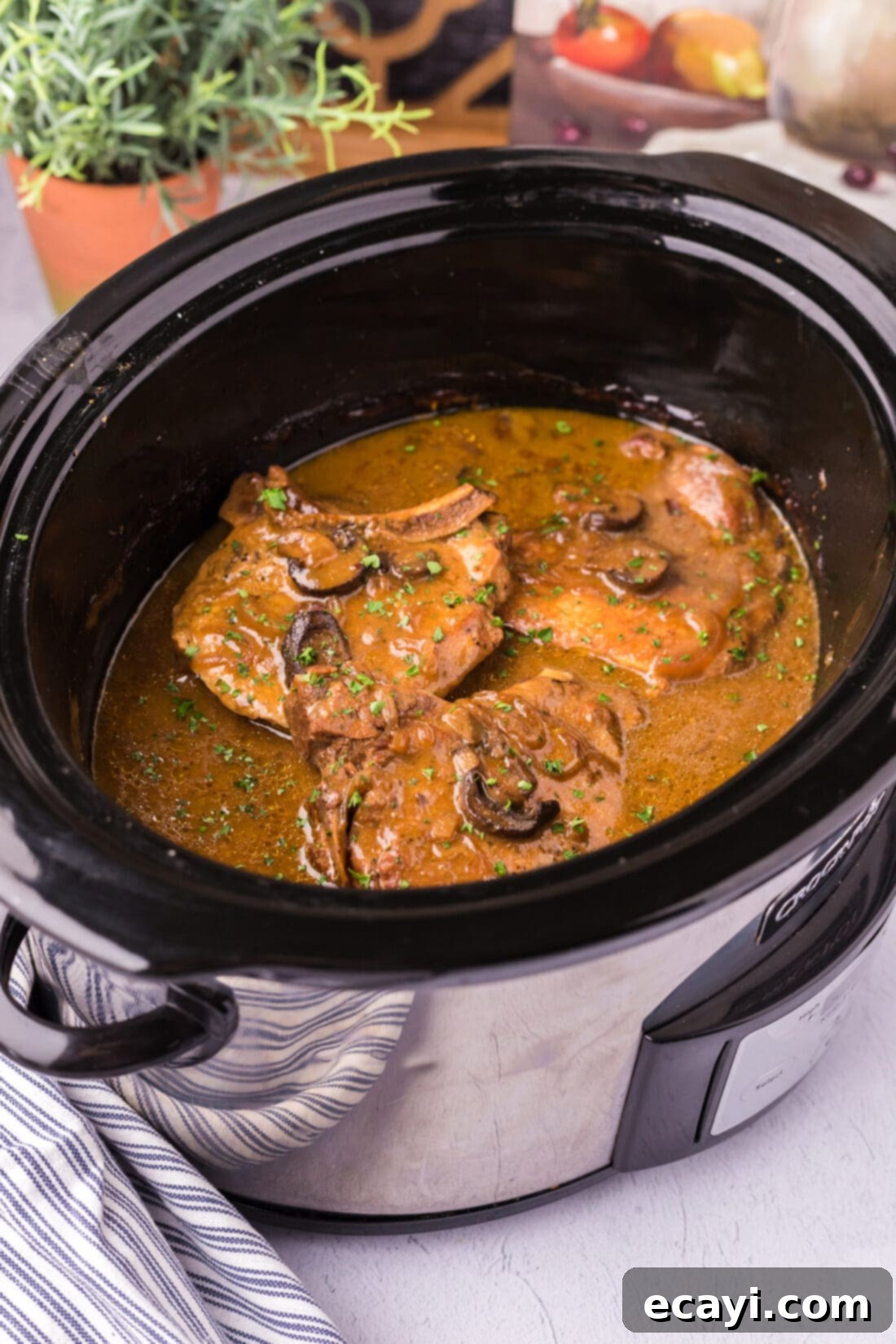
Unlock a World of Flavor: Diverse Recipes Using Your Slow Cooker
The culinary possibilities with a slow cooker are virtually endless. From savory main courses that define comfort food to delectable desserts, appetizers perfect for entertaining, and even warm beverages for a chilly day, this appliance handles it all with remarkable ease. Once you integrate a slow cooker into your cooking routine, you’ll wonder how you ever managed without its convenience and ability to produce deep, rich flavors with minimal effort. It truly simplifies meal preparation, making homemade cooking accessible even on the busiest days.
Beyond traditional stews and roasts, you can create pulled pork for sandwiches, hearty chilis, succulent chicken dishes, and even baked potatoes. Think about breakfast items like oatmeal or casseroles, or tempting desserts like cobblers and puddings. The “set it and forget it” nature of slow cooking means you can diversify your menu without adding stress to your schedule. The tender textures and infused flavors that emerge from a slow cooker are unparalleled, making it a beloved tool for countless home cooks.
To inspire your slow cooking journey, here are a few of our absolute favorite recipes that showcase the versatility and delicious results you can achieve:
- Crockpot Roast Beef
- Buffalo Chicken Dip
- Mississippi Pot Roast
- Crockpot Apple Cobbler
- Crockpot Chicken and Dumplings
- Slow Cooker Pulled Pork
- Crockpot Hot Chocolate
